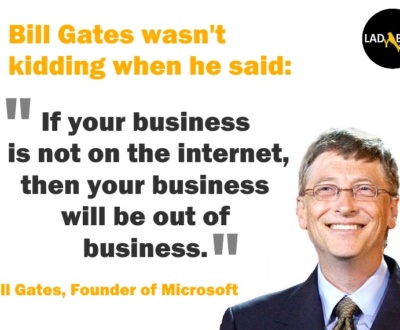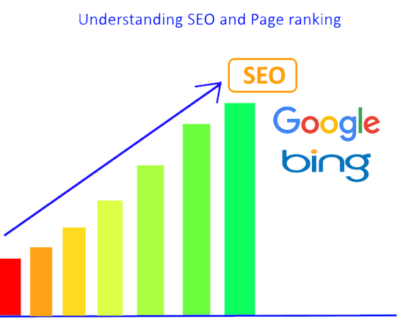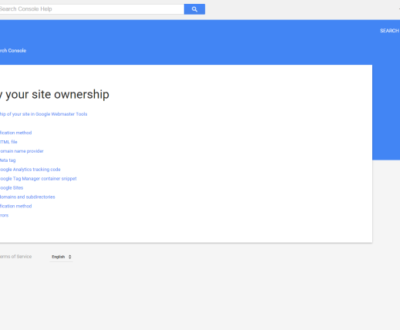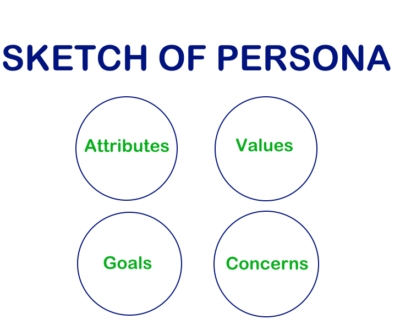The 8 Pillars of Social Media Marketing
- January 15, 2019
- Digital Marketing, Online marketing, Social Media Marketing
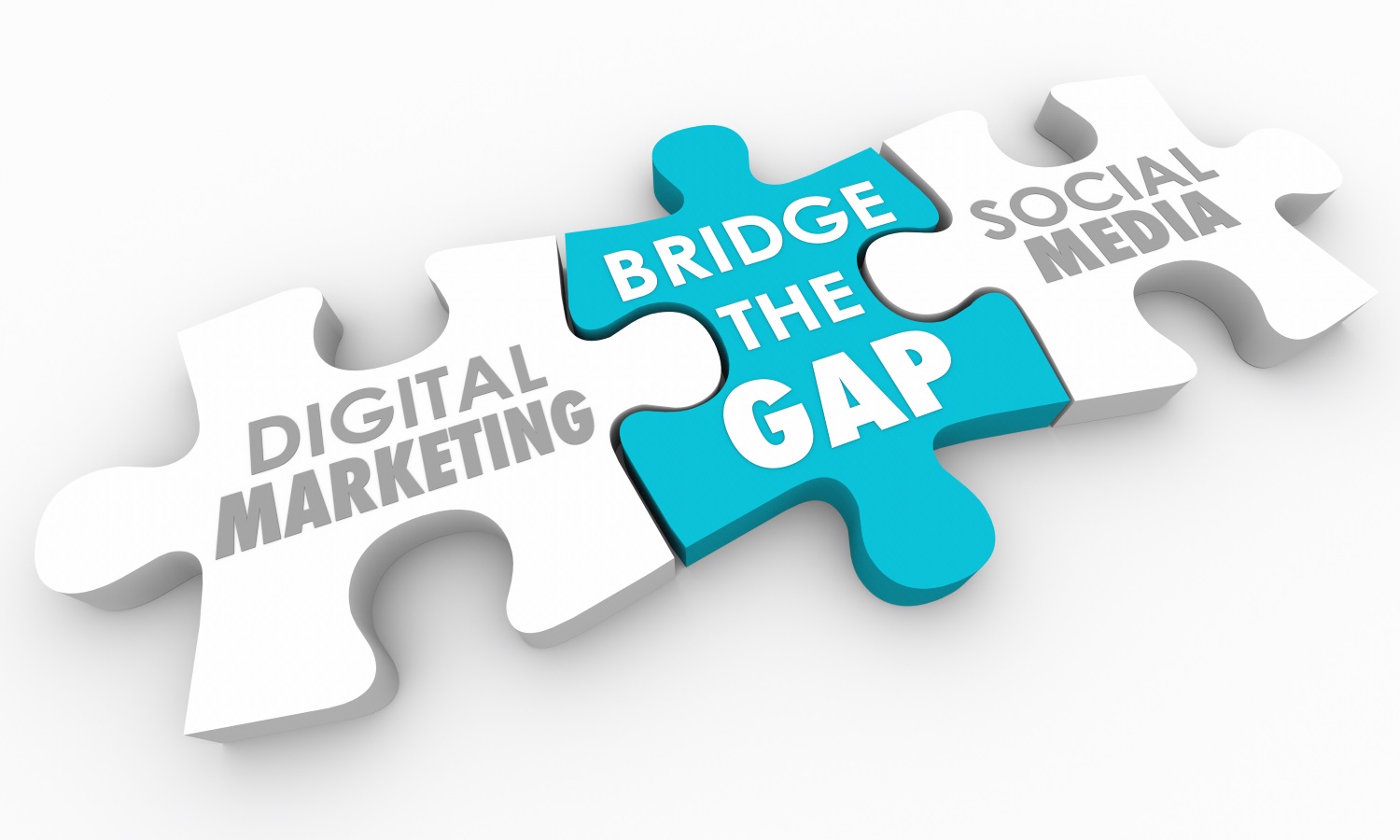
Whatever your industry, segment and audience, a substantial portion of your customers and leads are on the social platform. It doesn’t matter if you run a small local shop or a big national company. Social media is an essential piece of your business marketing strategy. Let’s start with one simple fact: your business needs a social media presence. Social platforms have successfully broken down barriers between companies and their customers. They help you connect with your customers, increase awareness about your brand, and boost your leads and sales.
The web has become a hub for customers to leave reviews on companies, items to purchase, restaurants, etc. and how companies are engaging with customers online is more relevant and important than ever before.
You don’t need to know every intimidating buzzword or have the magic number of followers. Just as with any other aspect of your marketing strategy, social marketing requires planning and management.
Figure out where your customer base is; is it Facebook, Twitter, Instagram, LinkedIn or Pinterest? Depending on your target market, there may be a specific outlet that you should focus on. Not every social media platform is for every company out there.
Personally, even I research companies on Social Media before making a purchase just to see what the company’s interaction is like with their customers and if they have any negative reviews online. This is very common in today’s digital world. I believe, this is where Social Media connects businesses to their customers more conveniently.
Here are the 8 C’s which offer a consumer-based perspective on the marketing strategy, and form robust realistic pillars of marketing. Let’s break these down to further understand their importance.
Since Social Media is all about customer relationships, the focus was, is and will always be obviously on customers!
1. Customer: customers should drive decision-making. Instead of focusing on the product itself, the first C focuses on filling a void in the customer’s life. This marketing strategy is important for businesses who take the time to understand their customers. Once you connect with your customer, it becomes much easier to understand them and identify their needs to determine how to respond to them. Depending on the audience targeted, the primary focus should consequently be on where customers spend their time, what content would be helpful and in what context do they expect to receive it. Once this has been identified, marketers should be able to select the social channel which is most relevant to their audience.
The customer makes the purchase decision and is, therefore, the MOST valuable resource in any marketing strategy.
2. Cost: The Second C is cost. Don’t confuse the cost of your product with its price. Price is only a small segment of the overall cost of buying a product to a customer. It is important to determine of overall cost – not price – of your product to the customer. Cost not only includes the price of the item but also may include things such as the time it takes for the customer to do their research, get to your location in order to buy your product or the cost of gas that it takes to get them there. The overall cost of the product will determine in part its convenience to your target audience.
3. Convenience: The Third C is convenience. Convenience is a customer-oriented approach to the business marketing strategy. Once you have analyzed your customer’s habits, you should be able to know their Purchase funnel journey, whether they shop online or in stores as well as what they are willing to do to buy your product. Also, a very important aspect is how much time do they take to make a decision.
The goal is to make the purchase journey as effective and simple enough for the customer to attain the product without having to jump through hoops.
4. Content: As it has already been reinstated so many time, content is king. Indeed, marketers must provide valuable information that meets their customer needs in order to build strong customer relationships. Social media users want to be informed, educated and also entertained. If you don’t provide great content people don’t pay attention. When it comes to sharing content via Facebook, Twitter, Instagram or any social network people will only share your content if they find it of value.
Sharing and creating valued content is definitely the glue for social media engagement.
5. Communication: Communication is always key to business marketing; without it, the 8 C’s would not be effective. This strategy requires communication throughout the entire process, from start to finish, and begins with understanding what the customer wants and needs out of your product. Communication is also a customer-oriented approach to the task of selling products. Communication requires interaction between the buyer and seller. This marketing strategy can very easily be implemented through the use of social media.
6. Conversation: More conversation and less promotion is consequently required. Marketers have to listen, monitor and respond to their customers by the use of social media. As a result of building the right communities and sharing the right content, conversations should occur naturally.
Few no-brainers here, such as: Always respond quickly on social media – this is something social media users value significantly and you are only relevant as long as they want you to be. They want your attention and fast responses.
Making your clients feel as important as possible is key and by having quick responses it shows that you care and will make your company stand out compared to your competitors.
7. Community: Communities are constituted of peers and experts in the field who interact with each other while creating and sharing their own content on the social platform. Indeed, the community uses customer-generated content in a customer-aligned context for a customer-serving purpose. Being part of a community provides a sense of exclusivity to people and helps them to feel safe.
Providing this sense of community where clients can share their true opinions, interests, and start discussions in a safe place gives customers a sense of trust and belonging.
8. Connections: Engagement is a part of connecting with your customer base. Something to consider when it comes to client engagement is that social media outlets are becoming more relevant for connecting with these clients. Social media is a crucial part of your business marketing, but it doesn’t have to be stressful to manage. Take the first step, create a profile, and start engaging with your customers to understand them better and educate them more about your product.
As a rule of thumb, always remember to think of your customer first, and communicate with them along the way.
Hi, I am a Web Developer, SEO Expert, Digital Marketing Analyst, and Co-Founder of LadyBird InfoTech – Austin’s Digital Marketing Agency. A Web Developer at the inventive intersection of Technology and Marketing. I enable my clients to be successful in their business by bringing value through their digital investments. I partner with my clients on how to leverage SEO, Optimizing Landing pages, implementing best practices for responsive Web development, Search Engine Marketing and other Digital marketing methodologies –to improve overall Brand Recognition, Search Ranking, Customer engagement, conversion and overall purchase funnel.
About us and this blog
We are a digital marketing company with a focus on helping our customers achieve great results across several key areas.
Request a free quote
We offer professional SEO services that help websites increase their organic search score drastically in order to compete for the highest rankings even when it comes to highly competitive keywords.
Subscribe to our newsletter!
Recent Posts
- The 8 Pillars of Social Media Marketing January 15, 2019
- Data Talks And Tells Interesting Stories! February 27, 2018
- Get your HTTPS on – Deadline July 2018 February 20, 2018
![Austin Digital Marketing & Webdesign Agency [LadyBird InfoTech]](https://ladybirdinfotech.com/wp-content/uploads/2017/02/logo.png)


